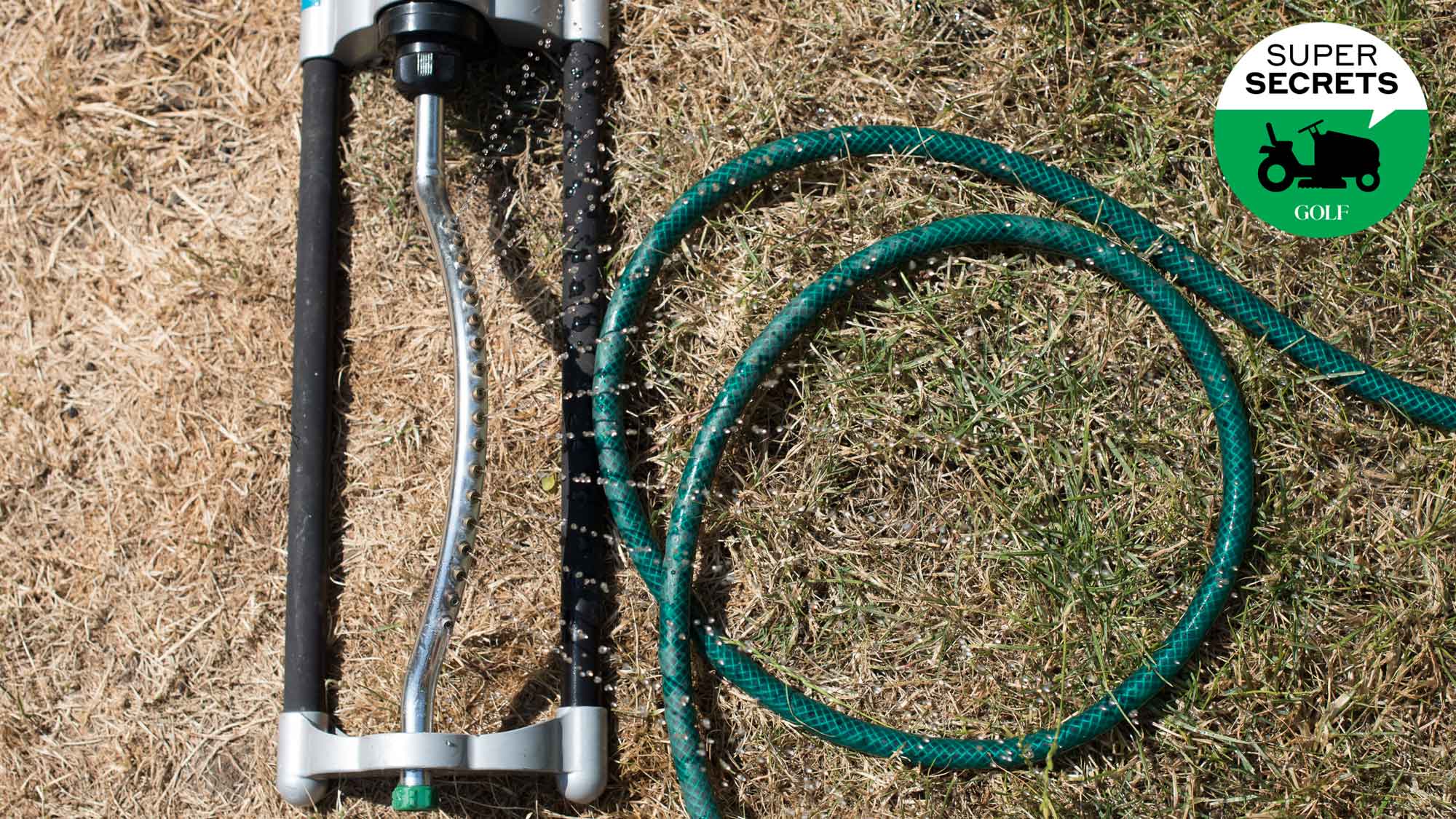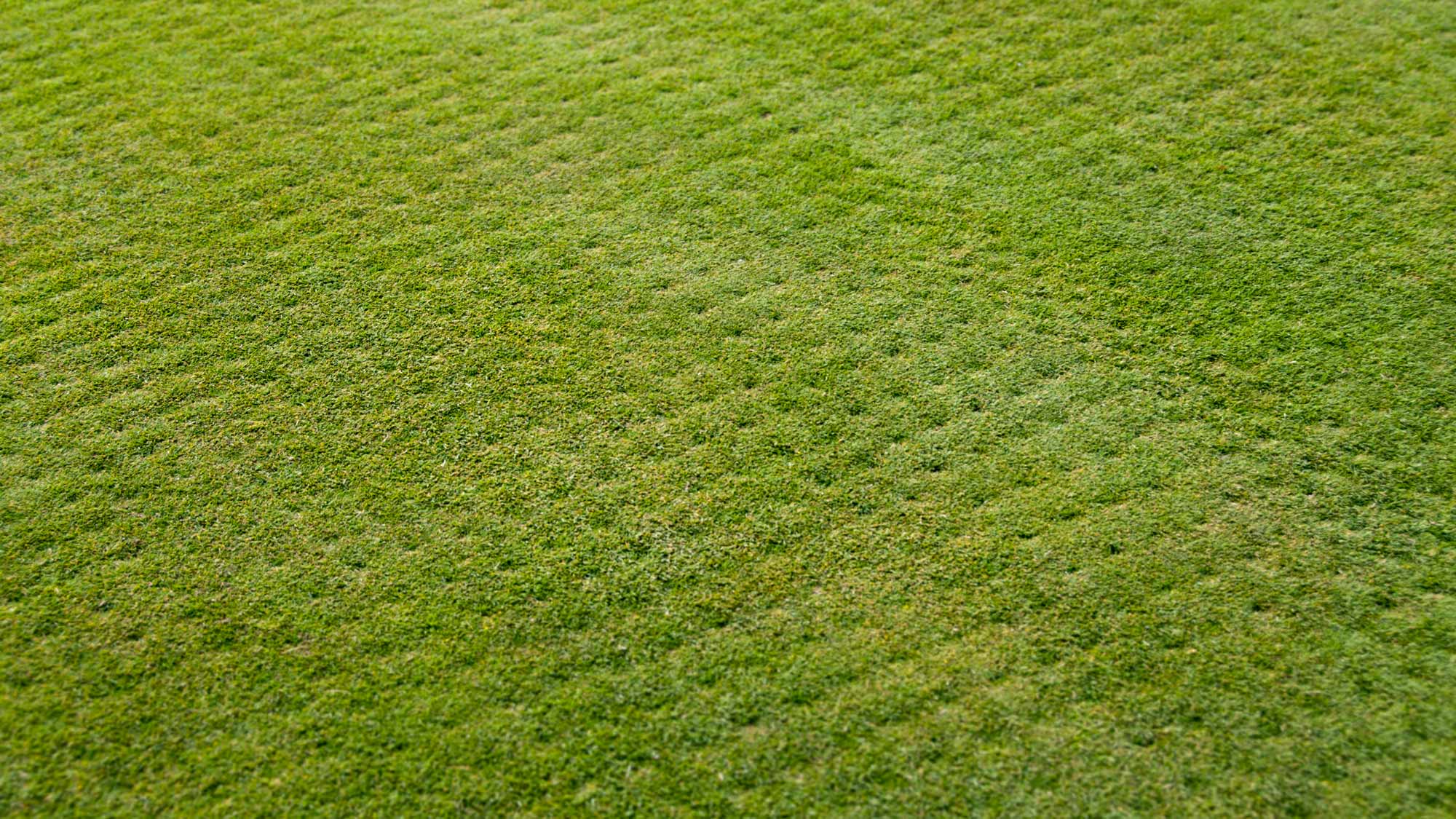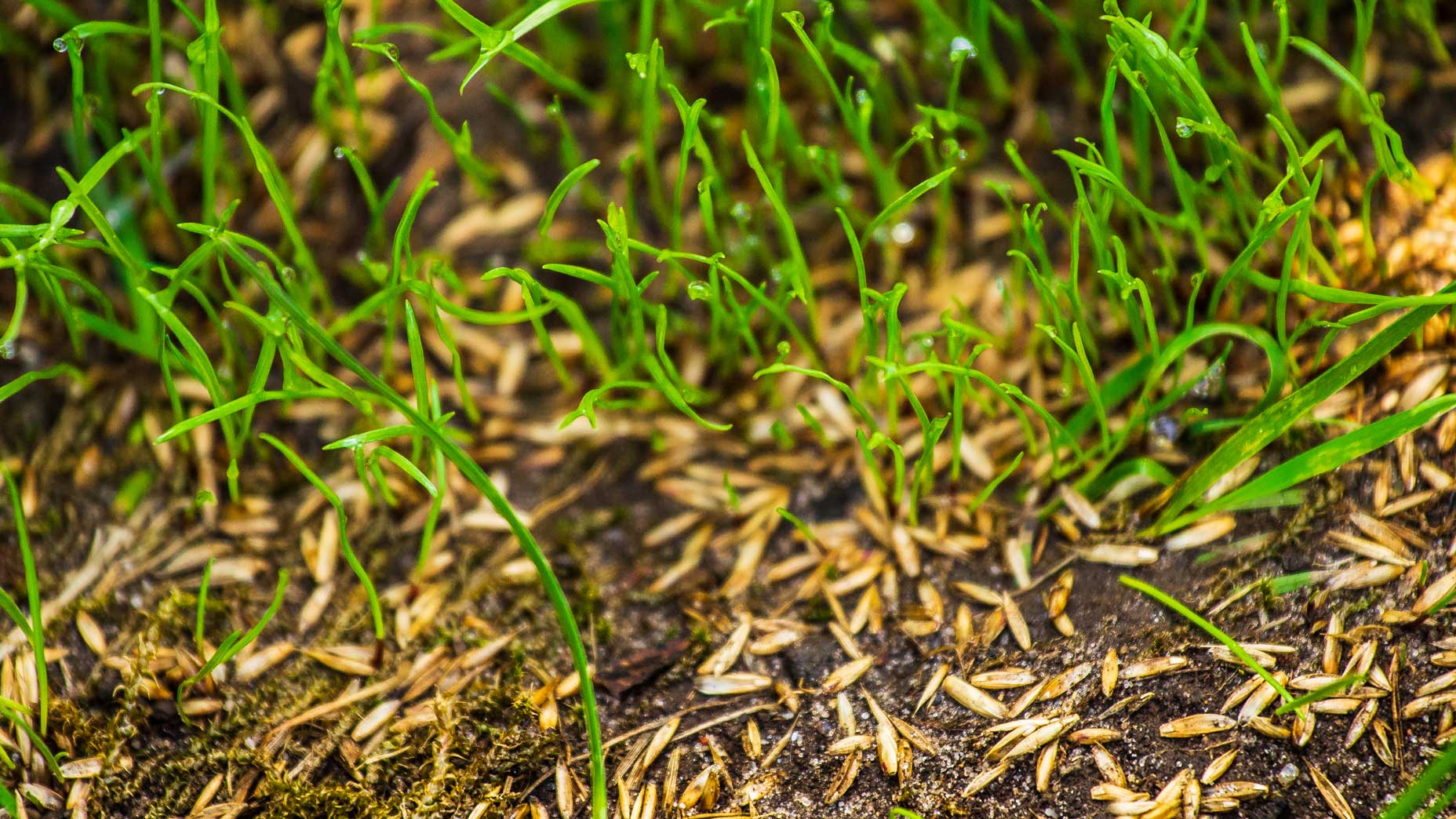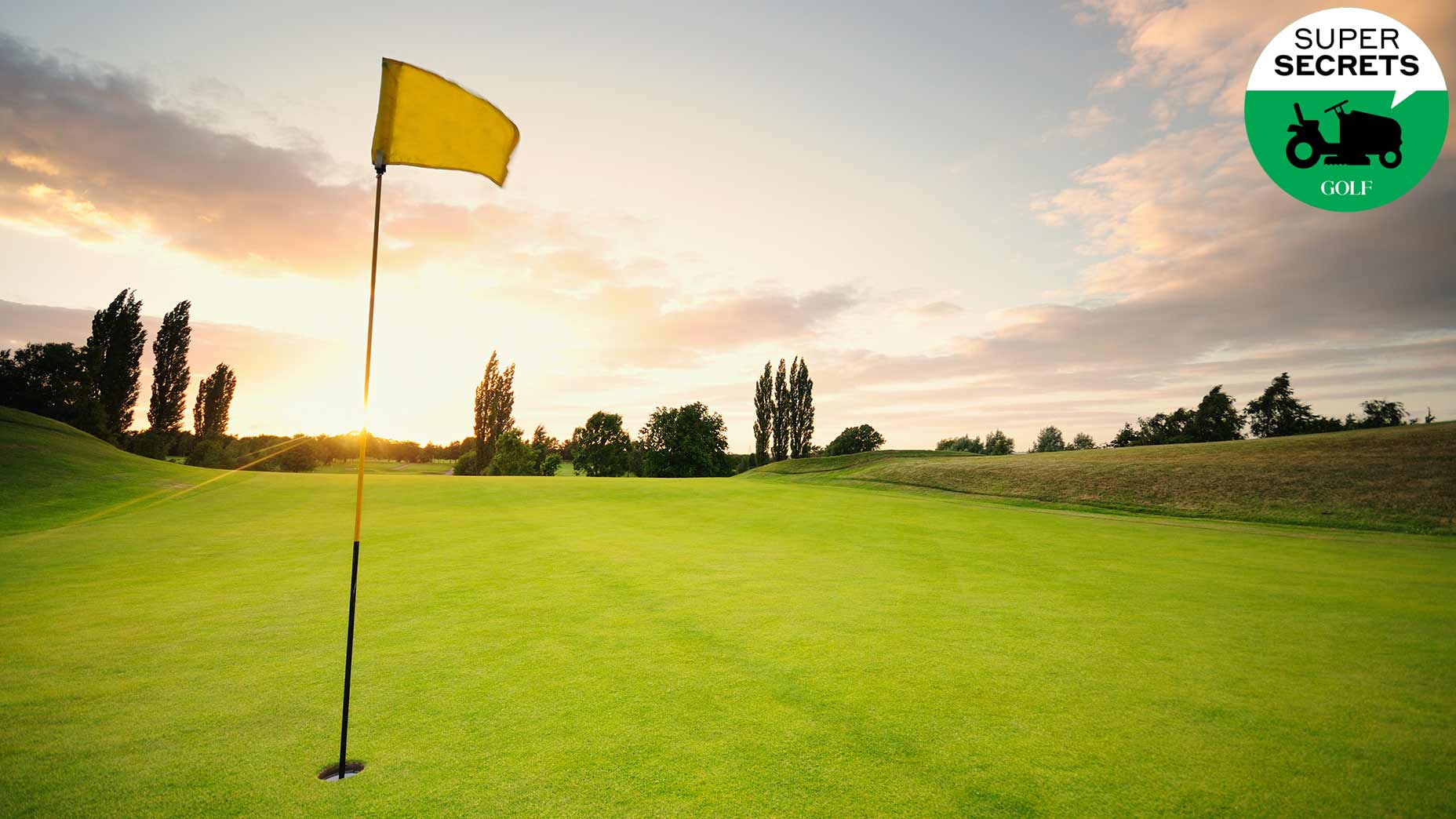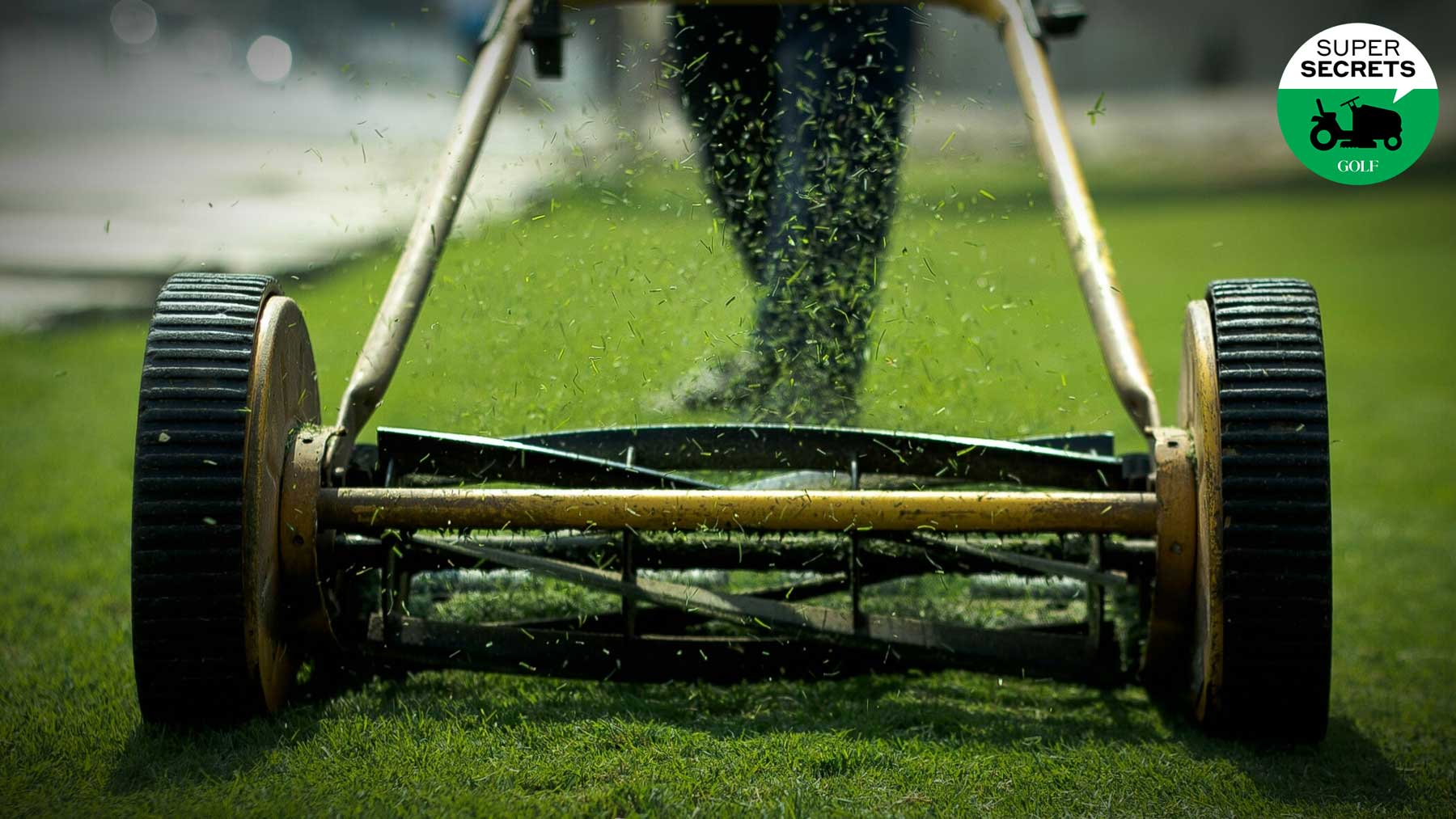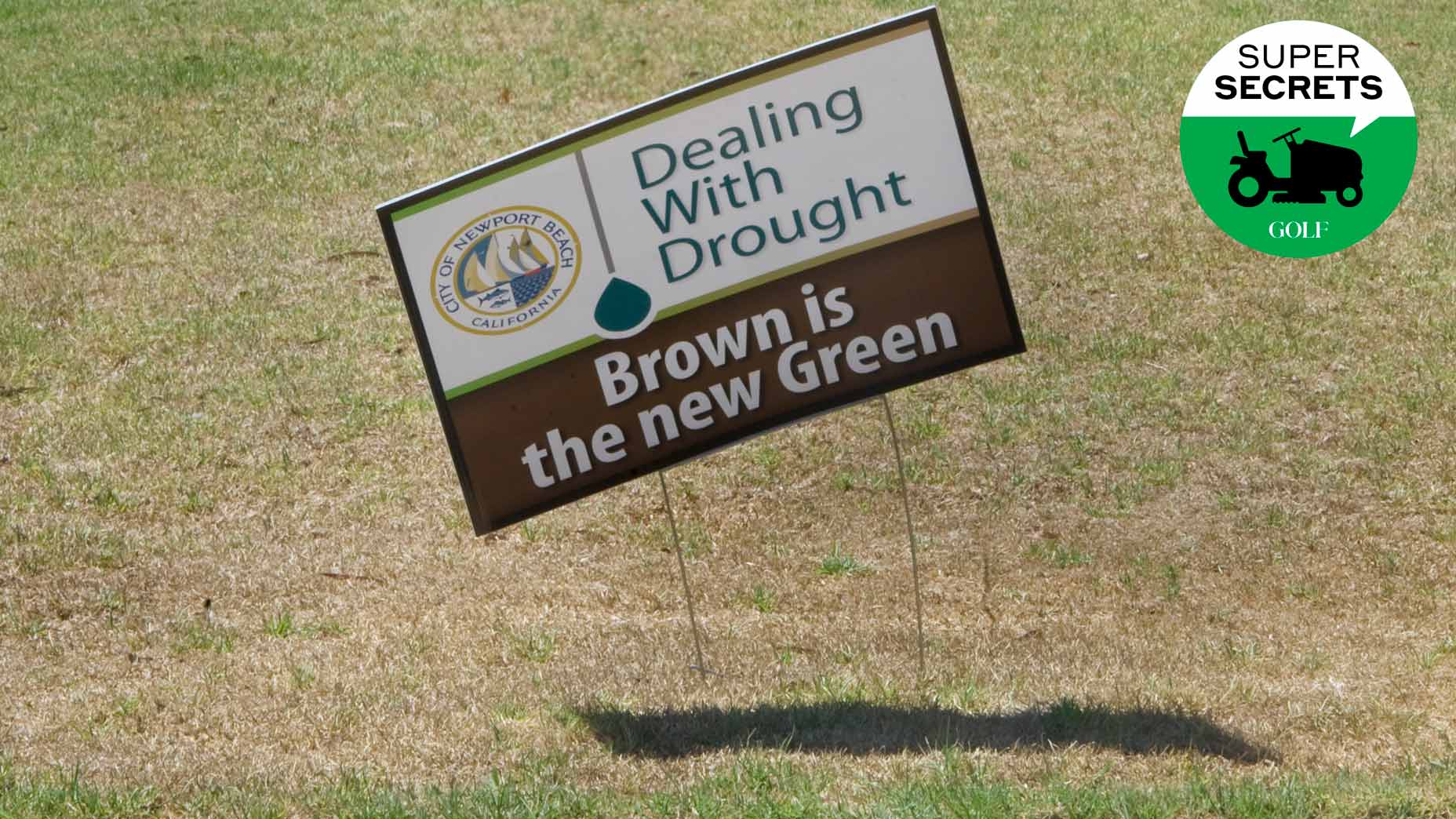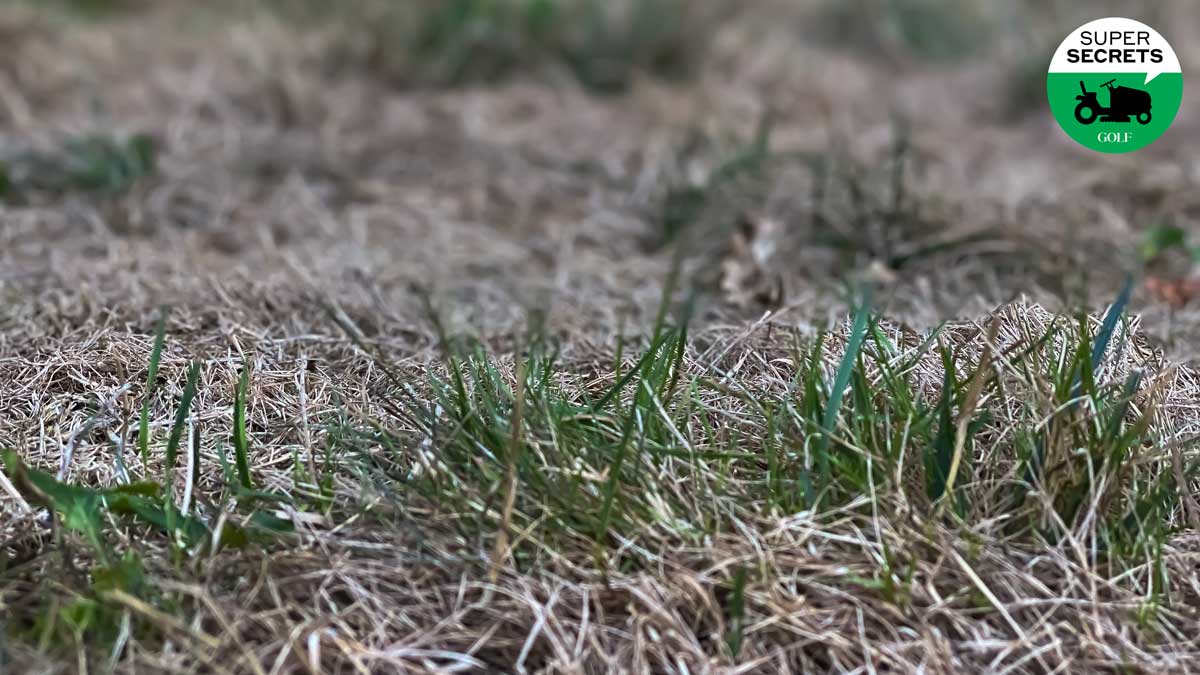The first step in correcting a problem is recognizing that you have one. The photograph above depicts a bare patch — well, several of them — a familiar symptom of turf-care trouble, and a dispiriting sight for golf-course superintendents and homeowners alike.
Problem recognized.
5 musts for managing your lawn in summer heat, according to a golf-course superintendentBy: Josh Sens
But how did it come about in the first place?
Dan Cutler and Matt Guilfoil are seasoned superintendents and the co-hosts of From the Jingweeds, a podcast devoted to the turf-care trade. We asked them about agronomic bald spots and the most likely reasons that grass might be struggling to grow.
1. Excessive weeds
The quest for success is a competition. That goes for golfers. And for grasses. If you’ve got too many weeds, they’ll out-compete your turf for sunlight and nutrients. In those challenging conditions, grass seeds don’t stand a chance. Rip out those weeds from the root, and your grass is much more likely to thrive.
2. Compacted soil
Superintendents aerate for a number of reasons. One is to open passageways in the root zone that allow for the free flow of air, water and nutrients. In heavily compacted soil, grass can’t breathe or get the food and drink it needs. Got a bare patch in your lawn? It might be time to punch.
Should you aerate your own lawn? A golf superintendent explains.By: Josh Sens
3. Too much shade
Whoever said they had it made in the shade wasn’t trying to grow grass under a giant oak. While not all turf varietals require the same amount of sunlight, they all need some. Which is why bare spots are common in heavily shaded areas.
4. Improper irrigation
Newly planted seedlings need water, and lots of it. When Cutler lays down seed at his course, he typically waters every hour or two throughout the day to get the seeds to germinate. Though you may not need to water quite as frequently at home, Cutler says, you do need to keep those newly seeded areas wet.
5. Something lurking beneath
At Guilfoil’s mother’s house in Massachusetts, the backyard has a stubborn bare patch. Turns out the septic tank lies just underneath it, producing heat and gasses that make the ground an unfriendly place for grass to grow.
The best grass seed for your yard, according to a golf-course superintendentBy: Josh Sens
6. A wee burn
How do you solve a problem like urea? Prevent dogs from peeing on your lawn, Cutler says. Dog urine, after all, contains high concentrations of nitrogen-rich urea. And while nitrogen is used in fertilizer, too much of it can scorch grass. If you’re in a park and you see a circular bare patch ringed by lush, green grass, the likely cause is a local pooch, Cutler says. Around the edges for the circle, where the urine is less concentrated, the nitrogen acts like fertilizer. But smack dab in the center, there’s so much nitrogen that it burns the turf. The same can happen in your yard.
7. Tree roots
The roots of trees are like long straws, sucking up moisture and nutrients. No wonder a tree root system can spell trouble for grass. Even after trees are gone, they can still cause problems. The photograph above (and below) shows the New Jersey backyard of my colleague, Alan Bastable. Two months ago, Bastable had a large tree removed from his yard, and he’s been trying — and failing — to grow grass in its footprint ever since.
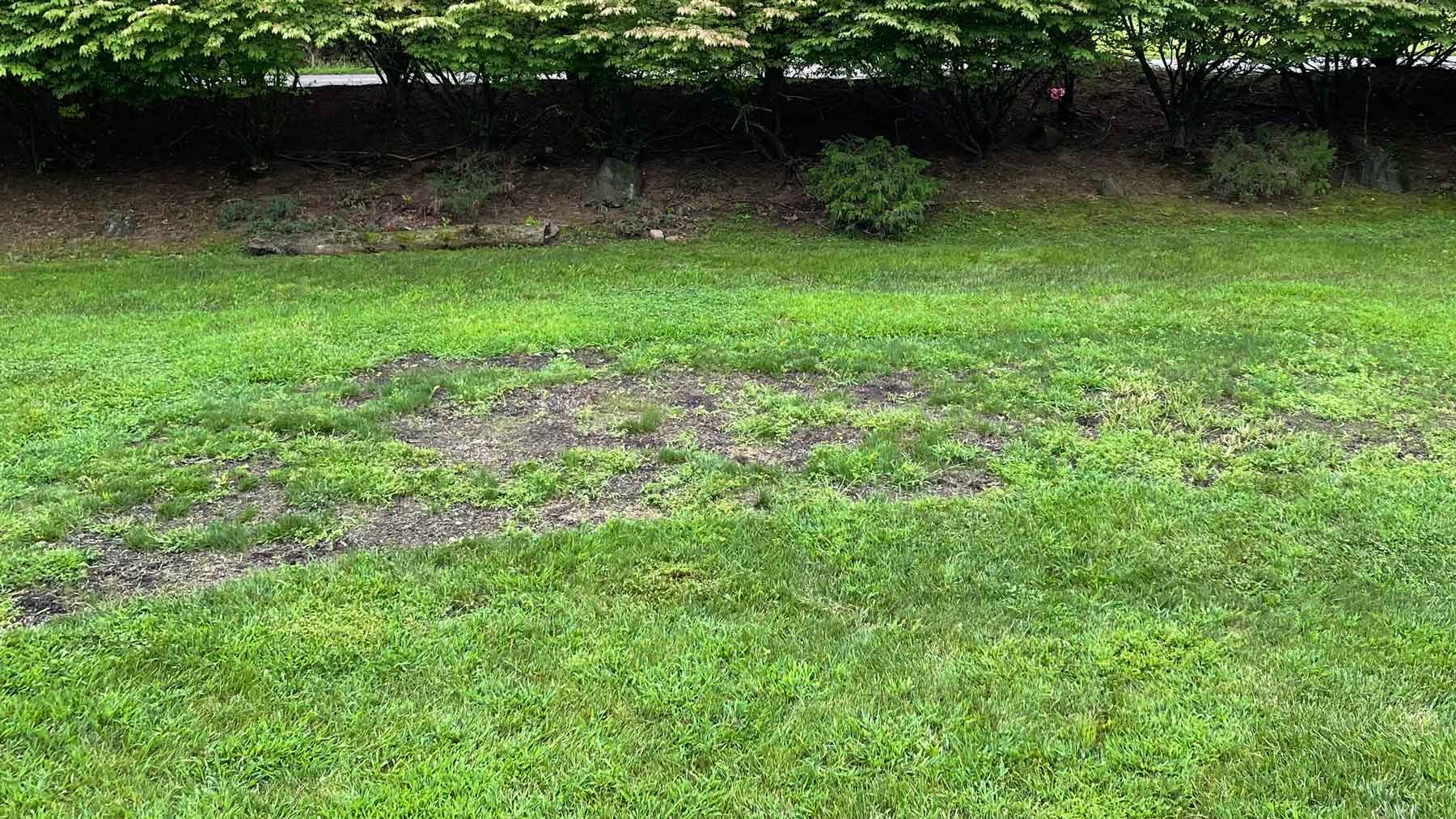
The root of the problem? You guessed it. When the tree was taken out, its roots were left behind, creating tough conditions for turf to get established. At this point, Guilfoil says, Bastable’s best bet is to dig up those roots, bring in good soil and then seed or sod the area with a varietal of grass suited to the local climate. If he leaves things as they are and keeps trying his old methods, Guilfoil says, “he’s just going to be beating his head against the wall.”

